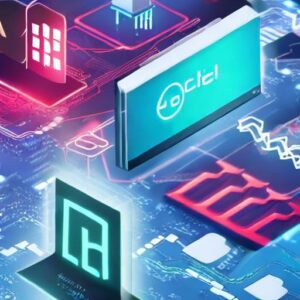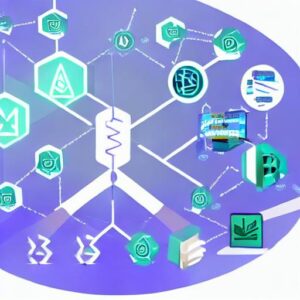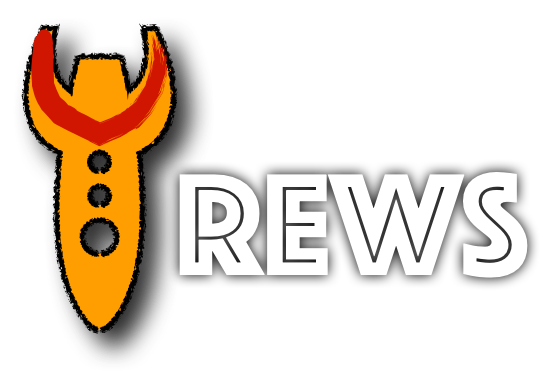A blockchain is a decentralized, digital ledger that records transactions across a network of computers. It uses cryptography to secure and verify transactions as well as to control the creation of new units of a particular cryptocurrency. Each block on the chain contains a number of transactions, and every time a new transaction occurs on the blockchain, a record of that transaction is added to every participant’s ledger. The decentralized database managed by multiple participants is known as a distributed ledger.

Why it is important to learn blockchain?
Blockchain technology has the potential to disrupt many industries and change the way we conduct transactions and exchange value. It is important to learn about blockchain because it has the potential to create new business models and opportunities, and it is already being used in various industries such as finance, supply chain management, and healthcare.
Additionally, blockchain is a rapidly growing field and the demand for professionals with blockchain skills is increasing. According to a report by Upwork, blockchain is the second-fastest growing skill in the job market, with an annual growth rate of 517%. Thus, learning about blockchain can open up new career opportunities in various industries.
Furthermore, the principles and concepts behind blockchain such as distributed ledger technology, consensus mechanisms, and smart contracts can be applied to other fields such as IoT, AI, and cybersecurity. Understanding the underlying concepts of blockchain can help individuals to better understand and leverage these other technologies.

How it is different from HoloChain?
Blockchain and Holochain are both types of distributed ledger technology (DLT), but they have some key differences in terms of their design, structure, and application.
A blockchain is a decentralized, digital ledger that records transactions across a network of computers. Each block on the chain contains a number of transactions, and every time a new transaction occurs on the blockchain, a record of that transaction is added to every participant’s ledger. Blockchain uses consensus mechanisms such as proof of work or proof of stake to ensure that all participants in the network have the same version of the ledger and uses cryptography to secure the transactions and control the creation of new units of a particular cryptocurrency.
Holochain, on the other hand, is a data structure that allows each participant to have their own chain, which they can use to store and share information with other participants on the network. Each participant has their own chain, and they can choose to share information with other participants on the network, but they don’t have to. The information is stored in a distributed hash table, which is a type of database that is spread out across the network. Holochain uses a different consensus mechanism called “proof of service” where nodes are rewarded for providing services to the network.
Some research areas
There are several research areas in blockchain technology that are currently being explored, including:
- Scalability: One of the main challenges facing blockchain technology is scalability, which refers to the ability of a blockchain to handle a large number of transactions. Researchers are looking into ways to increase the number of transactions that can be processed by a blockchain, such as sharding, off-chain transactions, and layer-2 solutions.
- Privacy and Confidentiality: Another area of research is privacy and confidentiality, which aims to protect the privacy of individuals and organizations using blockchain technology. Researchers are exploring techniques such as zero-knowledge proofs and ring signatures to protect the privacy of transactions on the blockchain.
- Interoperability: Interoperability is the ability of different blockchain platforms to work together and share information. Researchers are looking into ways to make different blockchain platforms interoperable, such as using cross-chain atomic swaps and sidechains.
- Smart Contracts: Smart contracts are self-executing contracts with the terms of the agreement written into code. Researchers are exploring ways to improve smart contract functionality, such as formal verification, and to make smart contracts more secure, such as using formal methods.
- Governance: Blockchain governance is the process of making decisions about how a blockchain network operates. Researchers are looking into ways to make blockchain governance more decentralized and democratic, such as using token-weighted voting systems.
- Decentralized Finance (DeFi) : Decentralized finance refers to the use of blockchain technology to create financial services that are open, transparent, and accessible to everyone. Researchers are exploring ways to create decentralized lending and borrowing platforms, stablecoins, and other financial products and services.
- Blockchain in Supply Chain: Blockchain technology can be used to improve transparency and traceability in supply chain management. Researchers are exploring ways to use blockchain to track the movement of goods and materials, as well as to improve supply chain efficiency and reduce costs.

In summary, while blockchain is a shared ledger that stores transactions across a network, Holochain is a distributed hash table that allows each participant to have their own chain, which they can use to store and share information with other participants on the network.
This is a very simple answer to the difference between blockchain and Holochain. If you want to learn more about Holochain contact me.
#Blockchain #Holochain #DecentralizedTechnology #DistributedLedger #ConsensusMechanism #Validation #Security #Transparency #TechnologyComparison
.


